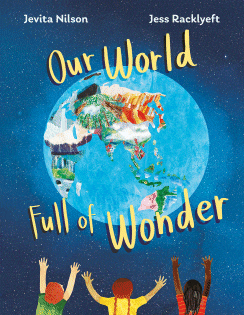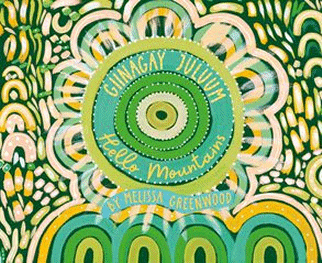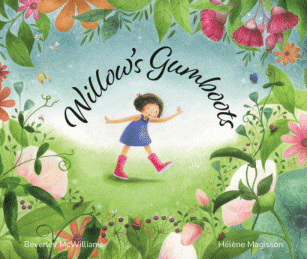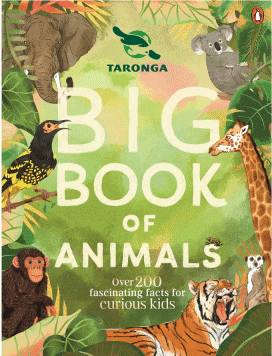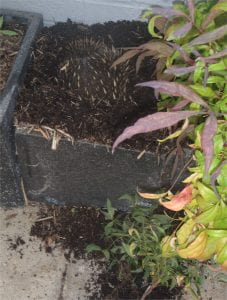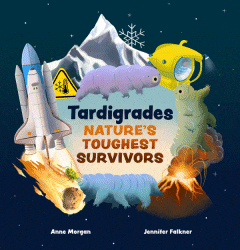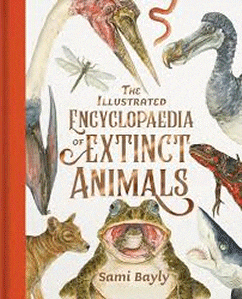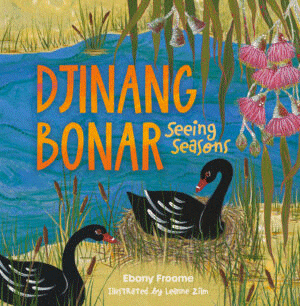
Turtle Moon
Turtle Moon
Hannah Gold
Levi Pinfold
HarperCollins, 2024
336pp., pbk., RRP $A17.99
9780008582081
Life has been unflash in the Trevelon household for some time as Silver’s parents try unsuccessfully to have another child and discover that it is not going to happen. So much so that 11 year-old Silver feels she is second-fiddle to that unborn child and there is nothing that she can do to please her parents, particularly her mother. She can’t even do well in a school art competition, even though her father is an artist. So when her father is invited to visit a turtle sanctuary for three months to paint pictures of the turtles to be turned into fund0raising souvenirs, it seems just like the circuit-breaker the family needs.
Life in the jungle of Costa Rica could not be more different than their English home, but, despite that, her parents’ melancholy continues – her mum spending her day reading and sleeping in a hammock and her dad unable to see the colours around him and confining himself to using black, regardless of the best efforts of Tickle, the capuchin monkey. Silver finds a friend in Rafi, the son of the sanctuary’s overseer and who goes nowhere without Speedy, the baby sloth, draped around his neck. Rafi recruits her to his secret one-man TAPS – the Turtle Agency Protection Society – that has its headquarters high in a treehouse – and Silver and the reader begin to learn about the turtles of the seas and the dangers they face, especially the eggs they lay in the sands on the beach. While all are endangered and in danger, it is the leatherback that hasn’t been on the beach for two years that is of the most concern, so when Silver sees one crawl up the beach and lay eggs, not only does she feel a special connection with the mother, but it sets off a train of events that others have described as Gold’s best story ever.
From her first novel, The Last Bear, its sequel, Finding Bear, and The Lost Whale, Gold has become synonymous with offering stories for young independent readers that shine a spotlight on some of the world’s most endearing and endangered species, entertaining and educating at the same time. But this one is a little different because, although its lead character is again somewhat lost and alone because of parents not available physically or emotionally, Gold has drawn on her own experience of not being able to have children to show that even if your life doesn’t follow the path you expect, there are other pathways you can take. Thus, Silver’s parents play a more prominent role in this story than its predecessors, but nevertheless, in all four, there is a strong theme of the humans learning as much about themselves as they do about the creature that is their focus, and offering the reader pause for reflection.
Offer me a book with Hannah Gold’s name on the cover and it’s straight to the top of the TBR pile – and this one proved its promise.
